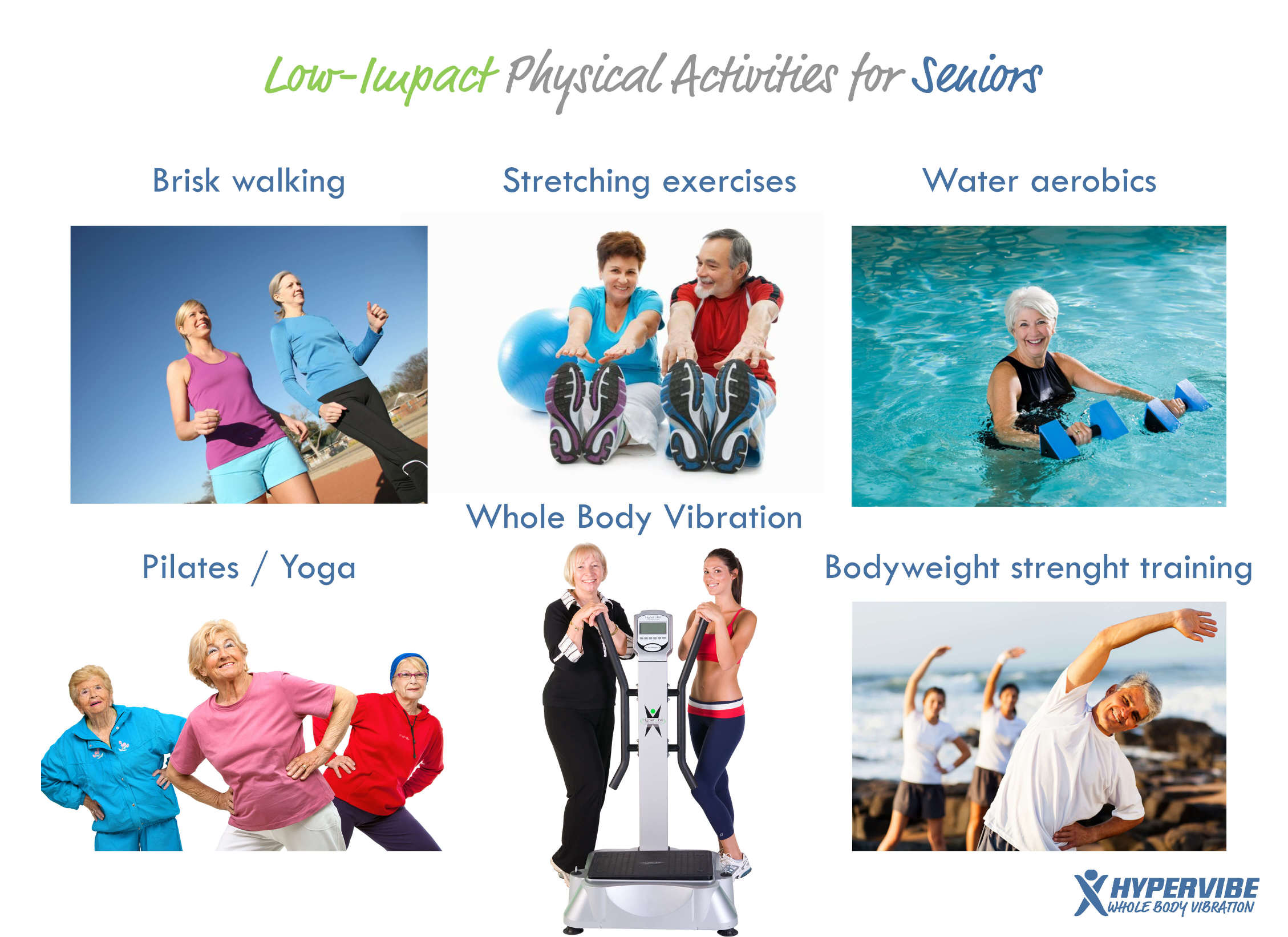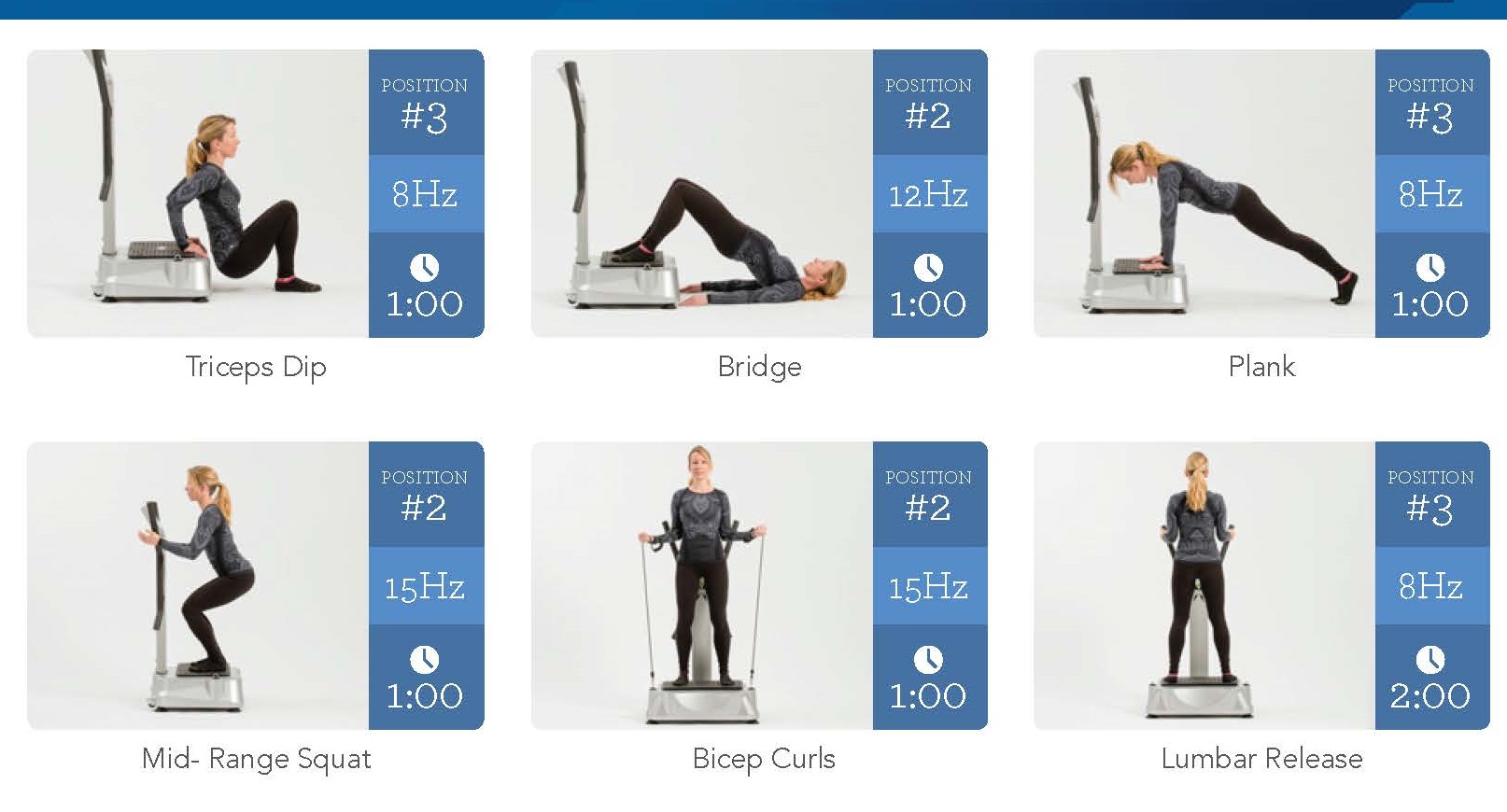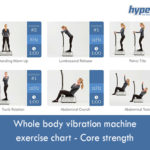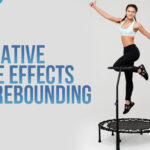
They say the best fitness program is the one you will stick with, and this is true especially when it comes to seniors, as in lots of cases it’s not the lack of determination or perseverance that prevents the elderly from exercising.
Physical limitations resulting from knee or hip replacement interventions, weak muscles and bones, high blood pressure, arthritis, or diabetes are all real problems that can interfere with one’s desire to stay active and practice daily exercises.
Still, this doesn’t mean seniors have to settle into a sedentary lifestyle. Staying active helps the elderly maintain an overall better health state and prevent a series of conditions and complications, so the key is, indeed, to find those physical activities that can be practised without causing pain and discomfort.
Exercising doesn’t have to imply heavy lifting. As a senior, you can stay in shape with low-impact exercises such as brisk walking, which can improve the circulation and heart’s health, relieve the stress and tension from your muscles, contribute to a healthier respiratory and digestive system, lower the blood pressure and prevent depression.
Instead of struggling with gym workouts that you don’t enjoy and cause you discomfort, soreness, and cramps, try an outdoor activity that is just as healthy and beneficial as other cardio or strength workouts. If you opt for brisk walking you can adjust the speed to your fitness level, the only rule being to walk as fast as you can to keep the heart pumping faster.
Make sure to maintain the proper posture to avoid injuries and choose a pair of shoes that feels comfortable and fits well.
Water aerobics is another low-impact activity suitable for seniors, as it strengthens the muscles without requiring too much effort on one’s part. You can perform the same exercises and use the same techniques that are used during classical aerobic classes, but this time you’ll do the jumping, running, kicking, and twisting in the pool.
Aqua aerobics works both the heart and the skeletal muscles, as the water adds extra resistance and forces the muscles to work a bit harder when performing the various moves. As for swimming, it’s an excellent way to relax, tone, and improve your lymph and blood circulation. Depending on the preferred style you can alternate speeds to burn more calories and boost your metabolic rate.
For improved flexibility, posture and muscle tone, yoga, pilates and other similar types of physical activity are ideal, plus they’re low impact and beneficial for your respiratory system and joints. Such exercises help you develop balance and strength and relieve tension, lifting your mood and keeping depression away.
The slow and controlled movements give you an overall better coordination and control, and induce a sense of well-being, so it’s recommended to opt for such activities is you’re not into classical cardio or strength workouts, but want to stay in shape and benefit from the numerous positive effects of daily exercise.
Whether it’s performed indoor or outdoor, cycling is another good alternative for the elderly, although it can lead to injuries if the form is improper or the bike is not in the proper size or height. Cycling is great for speeding up the heart rate and blood flow, improving lymphatic drainage, strengthening the lower body, and toning the core area.
To get the most of this form of workout, make sure to always engage the core muscles and to keep the back straight. Start slowly but increase the speed and the length of your workouts as your fitness level improves, as cycling is excellent not only for boosting the cardiovascular health and improving muscle strength but also for burning some additional calories and losing the extra pounds.
A low-impact alternative to weight lifting, whole body vibration is ideal for seniors who want to tone and get slimmer without putting their joints and bones at risk. Although it does increase the load on the bones and muscles, WBV training works differently than classical weight lifting exercises, and it’s well tolerated by most people.
On a whole body vibration machine you can perform exercises for the upper body, core area or lower body, and you can set the intensity depending on your fitness and health goal. Lower intensities are perfect for balance, flexibility and posture, while higher frequencies and amplitudes are better for toning, slimming down and strengthening the muscles.

Have other suggestions? We’d like to hear from you! Feel free to post your comment below, or join our Facebook community and share your thoughts with us!

Updated on: 08.09.2021 The lymphatic system is involved not only...

Stress can make you gain weight – we’ve heard this...

Various theories exist to answer this question. As you will...

Our series of whole body vibration machine exercise articles continues...

Both rebounding and jumping on a trampoline are excellent ways...